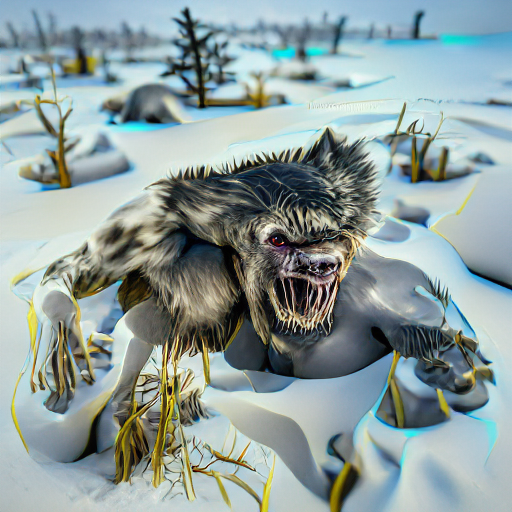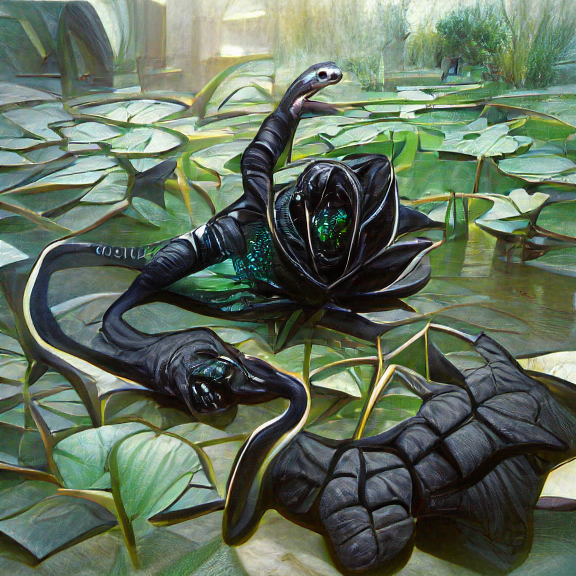

On the plains near the city, you can find the wingless pewarras that live in large herds, best known for their concave skeleton and recognizable gait. When threatened by a predator, pewarras will huddle together in a large circle and take turns making noises to scare the predator away. Depending on the herd and their range of possible sounds, this defense mechanism can be extremely effective — or ineffective.
Explore an endless universe of ficticious life on NovelGens.





